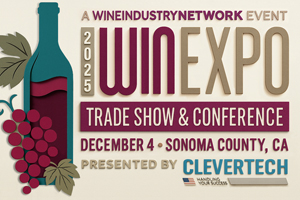49 Coldbrook St. NE, Grand Rapids, Michigan, United States of America, 49503
Feeds

Loading feeds please wait a moment
About
The wine industry is over saturated and it becomes harder each day to stand out in this competitive market. Without a proven marketing strategy, your wine will be just another 90+ point bottle and you will waste money on ineffective marketing.
At Highway 29 Creative, we believe all wineries should be supported by a team of marketing experts so they can become an iconic and enduring brand.
If you're looking for “traditional” wine marketing, then we are not the agency for you.
If you're looking for best-in-class DTC wine marketing strategies paired with measurable results, then we’d love to work with you. Let's get in touch.
Contact
Contact List
| Title | Name | Phone | Extension | |
|---|---|---|---|---|
| No contacts found | ||||
Location List
| Locations | Address | State | Country | Zip Code |
|---|---|---|---|---|
| Highway 29 Creative | 49 Coldbrook St. NE, Grand Rapids | Michigan | United States of America | 49503 |



